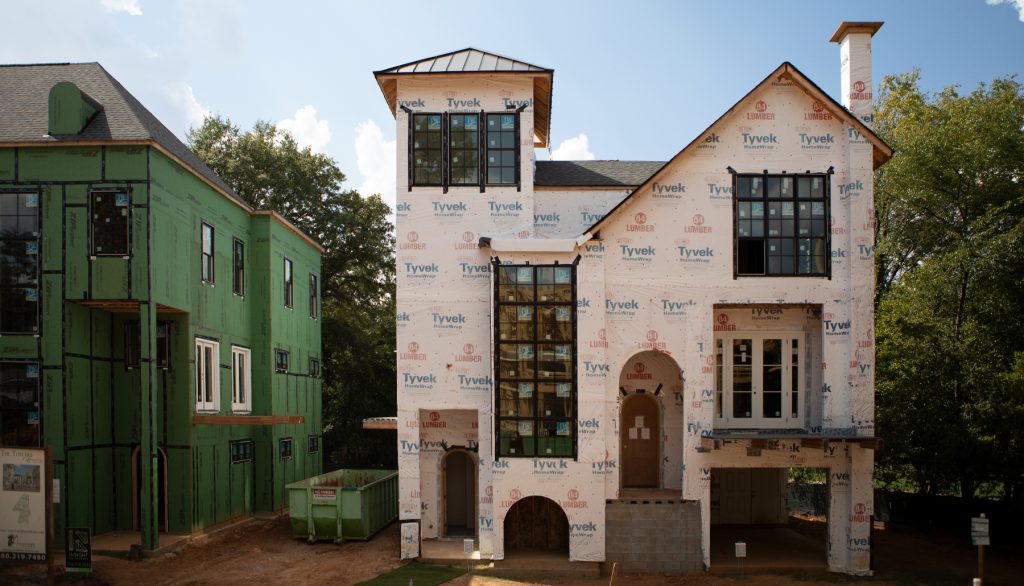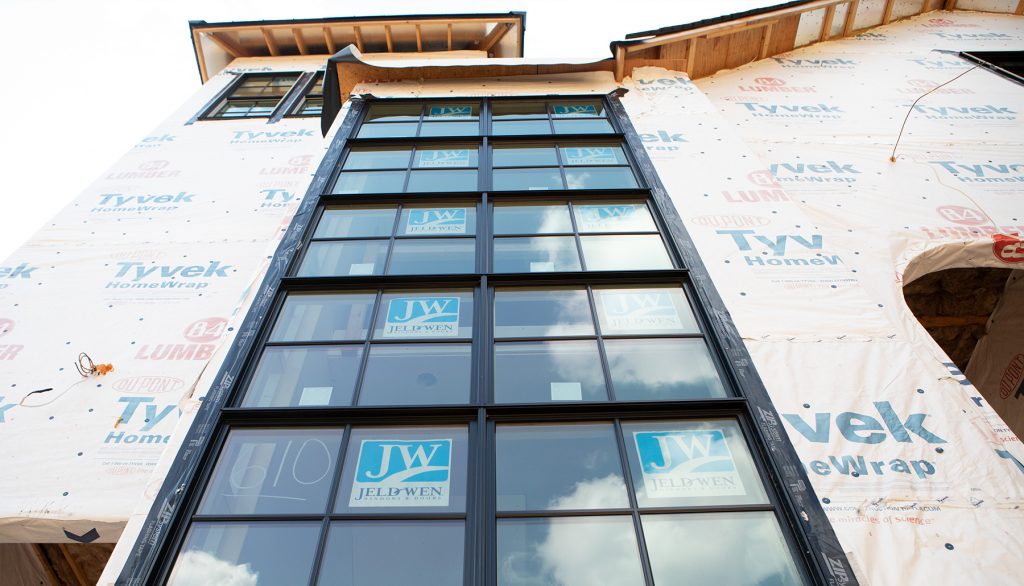Fluctuating costs give any business headaches. Residential construction is especially prone to shifting prices for materials, and builders need to manage input costs to retain profitability. For both March and April of 2019, Associated Builders and Contractors calculated that material prices have increased by about 2.5% from the previous year. With trade instability, normal market flux and the global competition for materials, construction material costs will likely keep rising. But no matter what the climate, it is up to builders to adjust their methods to maintain margins on their projects.
The Bureau of Labor Statistics calculates overall input costs for different categories of construction. These are further broken out into different types of materials before averages are calculated. For instance, if oil prices rise steeply, the total input costs may rise even if many other materials, like lumber or copper, decrease. The fluctuations affecting your company may vary from the average due to the types of materials you are using.
Since you can’t control input prices, you need to counteract the increases somehow. No matter your situation, you can survive rising costs by using new strategies. Here are some methods to help you manage this challenge:
1. Redesign for lower input costs
According to the Houston Chronicle, builders are rethinking designs to lower the cost per square foot. While demand for new construction is still high, home buyers don’t have the money to buy higher-priced homes. Redesigning projects to use less-expensive materials while retaining the appeal of the construction is possible with good products like affordable and energy-efficient windows. Good design doesn’t mean using the most expensive materials. Cost-efficiency is the name of the game.
2. Reduce material waste
According to one estimate, about 12% of masonry materials are wasted on the average job site. Save the money spent on wasted materials and the costs to dispose of them at the end of the project by:
- Optimizing design dimensions to material sizes
- Asking suppliers to buy back unused product
- Storing lumber on level blocks to prevent warping
- Protecting materials from the elements and construction debris to reduce soiling
- Setting aside lumber cutoffs, drywall scraps, concrete chunks and old bricks to use in small areas or as backfill
- Avoiding overpurchasing by improving estimating procedures

3. Consider using modular construction
With modular construction, much of the work is done off-site, so just the finished segments come to the site. Modular is no longer associated with “cheap” housing, as there are some very stylish and energy-efficient products on the market. Modular construction is also becoming more popular with home buyers, since this means the home can be more quickly constructed.
More builders are using modular design, and there are some great companies out there that provide this service. Effective communication between the off-site construction facility and the job site is needed to keep everyone on the same page.
4. Take care of your employees
Buy lunch for everyone occasionally. Offer training. Have a holiday party or a company picnic. This may seem obvious, but employees who feel valued perform better. In a tight labor market, it is important to keep good employees. The investment in good labor practices, open communication and a few perks can improve your bottom line, even though it might seem like money is flying out of your pocket. Instead, improved morale gives you the opportunity to get everyone involved in keeping the company profitable in tougher times. Happier workers are more productive. And that is a win-win situation.
5. Improve your processes
There are a number of construction management processes that can help reduce waste. Any method to track materials more carefully can eliminate surplus ordering. But learning a process can also benefit your company’s overall bottom line. Training your staff on lean construction can reduce wasted time and materials while increasing productivity. Other methods to reduce waste include applying Agile Project Management or Scrum methodology to your construction process. All of these methods aim to reduce material and labor waste to smooth the construction process.
Training in any of these methods could benefit your employees and your bottom line. Reducing materials waste can directly counter rising prices, and as labor shortages rise, better time management can help you counteract rising labor prices as well.
6. Software
The new software management tools on the market can be worth the investment of time and money. Digital tools can help you manage design changes smoothly and improve on-site management. Software that you purchase or software as a service (SaaS) that works on a subscription model are both good options for improving the efficiency of your operations. New digital workflows will open up more options for you to control costs at all levels of your organization, including your material costs. Research your options and take the plunge — your business will thank you in the long run. Be one of the builders to bring construction into the 21st century.
Conclusion
The whole building industry is facing challenging times. You are not alone in watching your costs rise. But reinvesting in your business, especially by streamlining processes, can help you stay profitable. The country needs new construction, so if you can provide it while keeping your business healthy, everyone wins.



